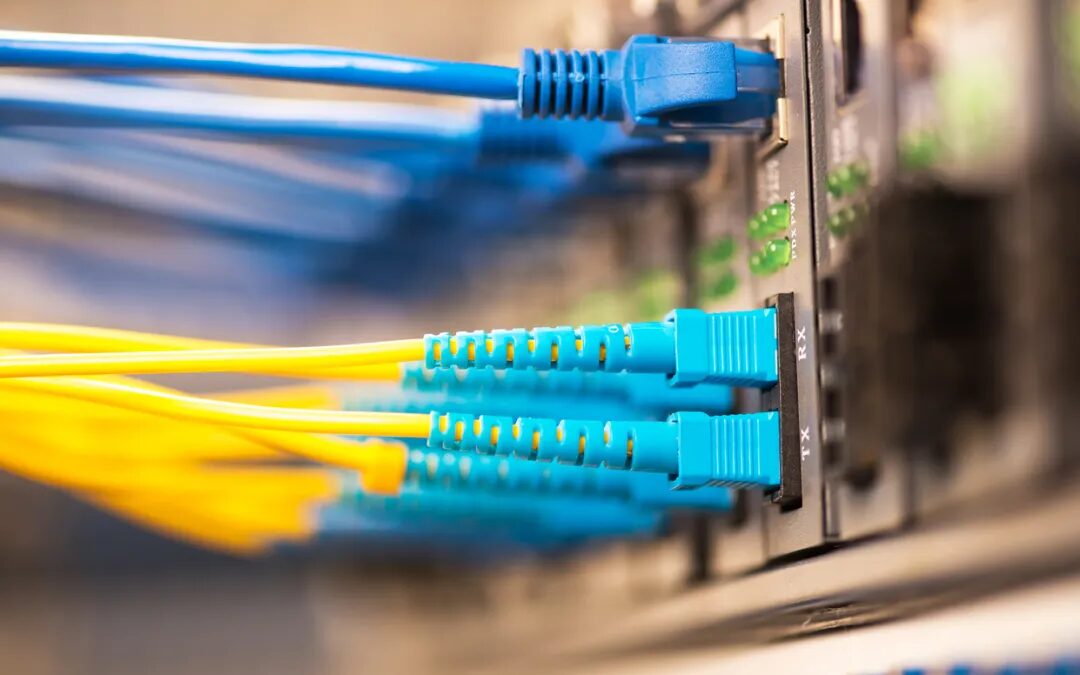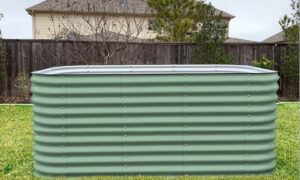Fiber Patch Panels are essential for data centers, telecommunication networks, and other modern facilities. They organize fiber optic cables, making them easier to use. Here, you can find a comprehensive guide to these panels, including their types, what they are used for, and why you need them. There are also tips on how to install and maintain these units to ensure they work well and last as long as possible within any network system. This article provides all the information you need about fiber patch panels, whether you’re an IT professional looking to improve your setup or a beginner just getting started.
What is a Fiber Patch Panel (FPC)?
Definition of a Fiber Patch Panel
Fiber patch panels, also known as fiber distribution panels, are used to terminate fiber optic cables and allow individual fibers to be connected. These devices require efficient fiber management, which is achieved using a metal box or plastic cassette with multiple adapter panels for interconnecting optical fibers. Fiber patch panels are primarily used to manage termination points, identify problems, and troubleshoot optical circuits in networks.
Types of Fiber Patch Panels
There are several different types of fiber patch panels to suit various installation and functional environments. The most common are:
- Rack-Mount Fiber Patch Panels: These panels fit into standard 19-inch racks, which are commonly found in telecom rooms and data centers. These panels are high-density and easy to maintain.
- Wall-Mount Fiber Patch Panels: Ideal for spaces with limited rack space, these panels can be mounted directly on the wall, saving valuable space. They are mostly used in small networks or remote locations.
- DIN Rail Fiber Patch Panels: Popular in industrial settings where space is limited, these panels are designed for easy installation in confined spaces. Outdoor fiber patch panels can also be used in these environments.
- Enclosure Fiber Patch Panels: These are flexible units with many mounting options, including ceilings, utility poles, or walls. They are typically used in harsh or outdoor environments, where they may be exposed to adverse conditions. This is why they require rugged components. The sliding feature of these devices allows for easy access to individual cassettes or adapter panels, speeding up and simplifying maintenance and upgrade activities.
By choosing the right type of patch panel, network administrators can improve the efficiency and scalability of their optical infrastructure.
Benefits of Fiber Patch Panels
Fiber patch panels can significantly improve the efficiency of a network management system. First, they improve the organization by consolidating all connections in one place, making it easier to control them and identify problems or errors. They also speed up network upgrades by allowing individual fibers to be accessed without disrupting the installation.
The scalability of these devices enables network managers to easily add or remove connections. Additionally, fiber patch panels enhance signal integrity by protecting against excessive bending and handling, which can lead to signal loss and degradation. Overall, they make fiber optic infrastructure more reliable, manageable, and scalable.
How to Install a Fiber Patch Panel
Before installing a fiber patch panel, ensure you have all the necessary tools and materials:
- Fiber Optic Cable: Choose the right type and length of cable for your network.
- Fiber Patch Panel: Select the appropriate panel for your application.
- Fiber Optic Connectors: Available in SC, LC, or other types, depending on your system.
- Fiber Stripper: Use this tool to remove the outer jacket from the fiber optic cable.
- Fiber Cutter: Use this tool to accurately cut fiber ends, which is particularly important when working with LC-to-LC fiber connections.
- Crimping Tool: Used to secure connectors on the fiber cable.
- Cleaning Kit: This kit ensures optimal signal transmission by cleaning fiber connectors. RLH Industries recommends a high-quality cleaning kit for this purpose.
- Splice Tray: Used to manage fiber splicing.
- Screwdrivers and Mounting Hardware: Required for the installation of the patch panel.
This post was written by a professional at Link-Us Online. At Link-Us Online, we understand the power of networking and its potential to improve the efficiency of your business. Our team empowers users to discover and acquire high-quality networking hardware from a diverse range of suppliers. We offer a range of industry-leading solutions from top brands such as Cisco, Meraki, HPE, Juniper, APC, Fortinet, and Ubiquiti. Whether you’re a small business owner seeking reliable equipment for your expanding network or someone in the purchasing department working for universities, real estate management companies, or local governments hunting for specific gear, Link-Us Online is your dedicated ally. Contact us if you are looking for the best place to buy networking equipment.












